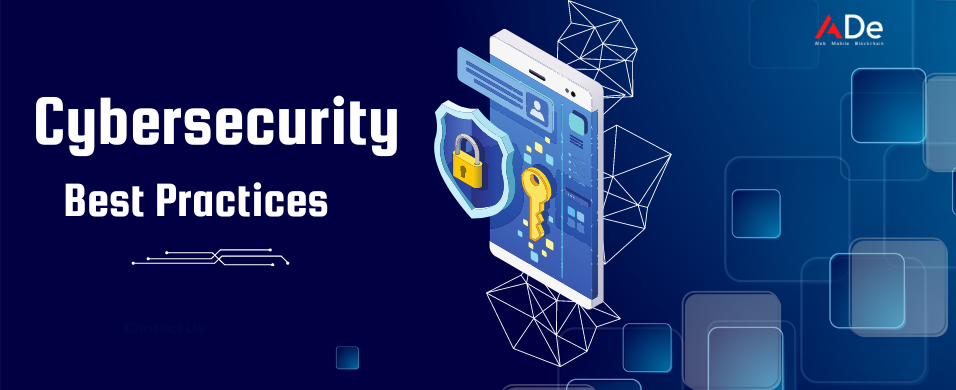Introduction:
In today’s digital age, the protection of business data is very important. Each employee of a business, from end users to security professionals to executives, has a role in protecting the business from cyber attacks. The only way to safeguard our data is Implementing effective cybersecurity practices. In this blog post, we will discuss some easy-to-understand best practices that can help protect our valuable business data
1. Strong and Unique Passwords:
Passwords are the first line of defence against unauthorised access to our data. Ensure that all our business accounts, including email, software applications, and online services, have strong and unique passwords. Avoid common passwords like “password123” and opt for complex combinations of letters, numbers, and symbols. Consider using a password manager to securely store and generate unique passwords for each account.
2.Multi-Factor Authentication (MFA):
Implementing multi-factor authentication adds an extra layer of security to our business accounts. MFA requires users to provide an additional piece of information, such as a unique code sent to their mobile device, along with their password. This helps prevent unauthorised access even if passwords are compromised.

3.Regular Software Updates:
Keeping our software applications, operating systems, and security tools up to date is essential for maintaining a secure environment. Software updates often include important security patches that address known vulnerabilities. Enable automatic updates whenever possible or establish a process to regularly check for and install updates manually.
4.Secure Wi-Fi Networks:
Secure business Wi-Fi networks with strong passwords and encryption protocols such as WPA2 or WPA3. Change default network names and passwords provided by the router manufacturer. Additionally, segregate guest networks from internal networks to prevent unauthorised access to sensitive data.
5.Firewall and Antivirus Protection:
Install and regularly update firewalls and antivirus software on all devices connected to the business network. Firewalls monitor and control network traffic, while antivirus software scans for and removes malware or other malicious programs. Use reputable security software and keep it up to date to defend against emerging threats.
Conclusion:
Protecting our business data from cybersecurity threats requires a proactive and comprehensive approach. By implementing these best practices, we can significantly enhance our cybersecurity posture and safeguard our valuable data. Remember, cybersecurity is an ongoing effort that requires continuous monitoring, updates, and employee awareness. Stay vigilant and prioritise the protection of the business data to ensure the long-term success and security of our organisation.



